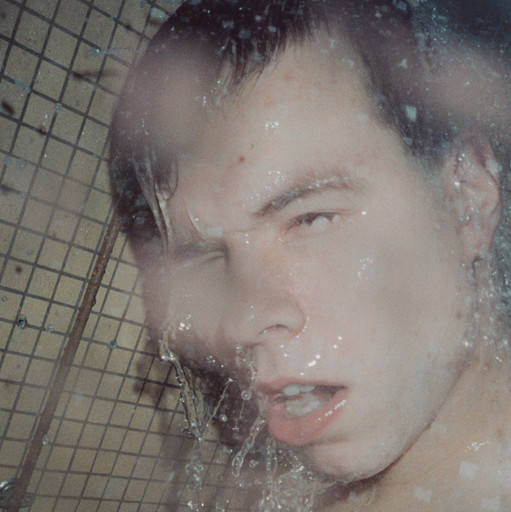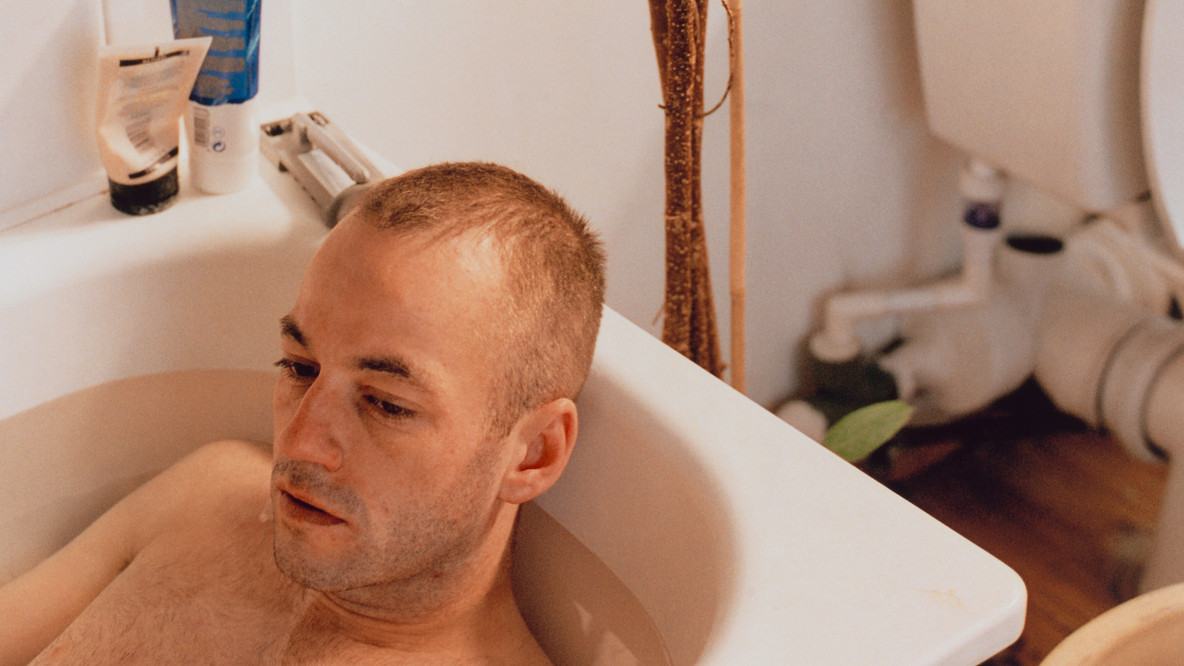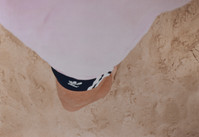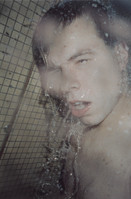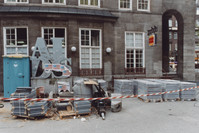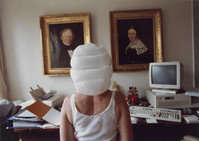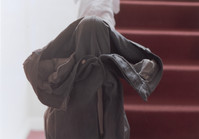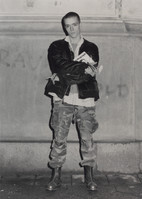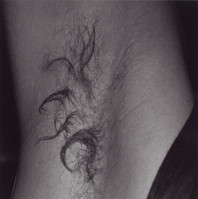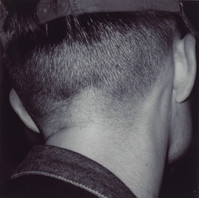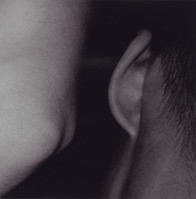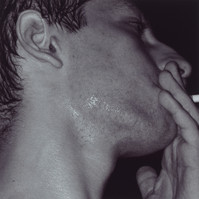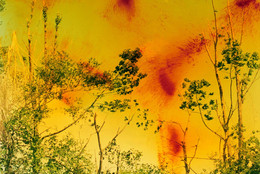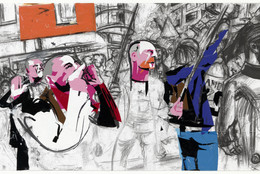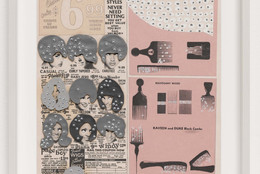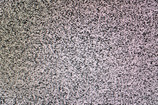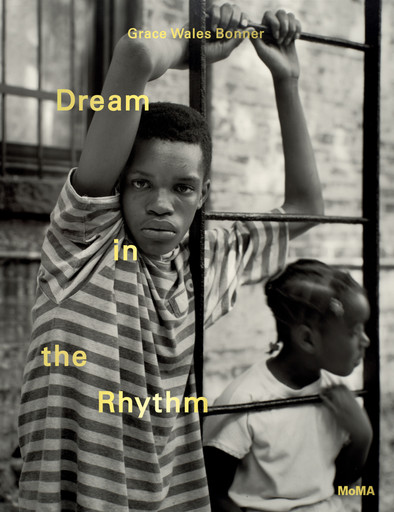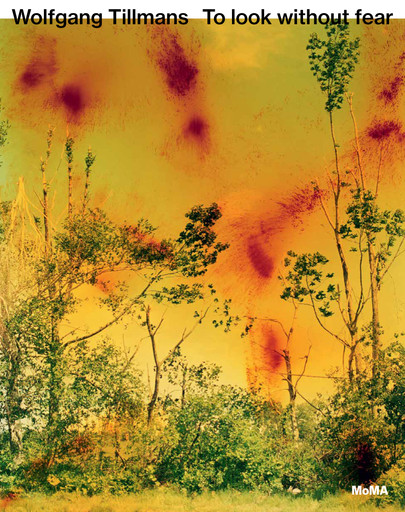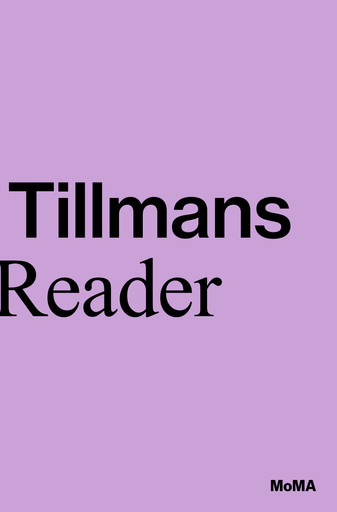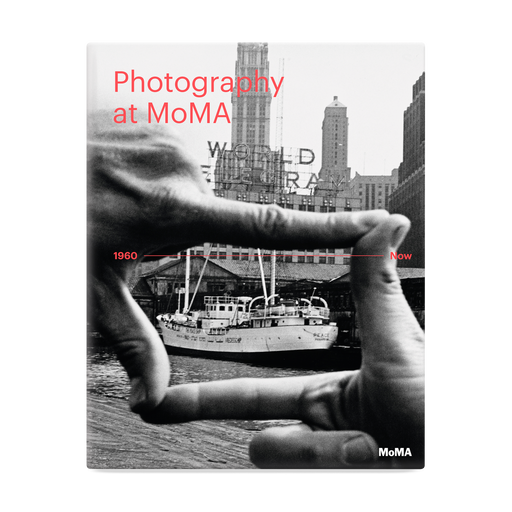“I see my installations as a reflection of the way I see....”
Wolfgang Tillmans
Imagine a group of photographs arranged with the deceivingly casual precision and emotional impact of a perfect pop song. That’s a decent approximation of what it feels like to take in a wall of photographs composed by Wolfgang Tillmans. Meticulously constructed with materials ranging from monumental inkjet prints to magazine spreads to photos that would fit in your pocket, Tillmans’s installations embrace a full range of photographic possibilities. Sonic pleasures seem to pulse through many of his images. Looking at Jochen taking a bath (1997), you can almost hear the faucet’s periodic drip pacing the introspection and vulnerability of the scene.
The connection Tillmans cultivates between sonic creativity and photographic imagery is explicit in the hundreds of pictures he has made of musicians and DJs, many commissioned for magazines including i-D, Spex, INDEX, BUTT, and Arena Homme +. Portraits of Damon Albarn and Smokin’ Jo (Joanne Joseph) migrate fluidly from the page to the gallery wall in Tillmans’s hands, a quality he has attributed to his interest in “the potential of the wandering image.”
Tillmans’s tendency to ignore disciplinary boundaries was evident at the 1993 exhibition that announced his distinctive method of displaying photographs: In a small gallery in Cologne, carefully excised magazine pages featuring his work appeared in a dense array alongside unframed photographs meticulously affixed to the walls with Scotch tape. Tillmans placed portraits of friends and lovers alongside those of strangers and musicians, collapsing the distinctions between commissioned and impromptu sittings. Across one wall he stretched a horizontal band of small black-and-white closeups of club revelers glowing with perspiration in the photographer’s flash.
Nightlife, for Tillmans, has always been a spiritual practice closely linked to its potential as an arena for creating utopian communities, a space for experimenting with alternative ways of moving, feeling, and being together. Made from the vantage of an immersed participant, his photographs convey what the artist has described as “meaningful hedonism.” This ethos extends to his unabashed depiction of sexuality and an expansive approach to gender that are characteristic of forms of life that appeal to Tillmans.
Throughout his life, Tillmans’s resolute political outlook has been closely connected with his experimentation within the shifting field of photography. Speaking to art’s social capacity to advocate for values and beliefs, Tillmans has said that “[a]s an artist one also has the role of amplifier, of amplification.” In 2005, Tillmans launched sculptural installations, known collectively as Truth Study Center, that combine news articles and photographs concerning contested truths central to contemporary ideological conflicts. This epistemological turn was accompanied by Tillmans’s exploration of the analog, chemical darkroom. Among the groups of cameraless photographs that he began producing in the mid-2000s are large-scale abstract luminograms resembling liquid cascades and gossamer tendrils in lush color. Not content to take aim at institutional abuses of power and received knowledge, in 2018 he questioned his own authority (and that of the viewer-reader) in text-based works made using a color photocopier that ask, “How likely is it that only I am right in this matter?”
Tillmans’s 2016 return to making music after a 30-year hiatus, the Device Control EP, coincided with a greater emphasis on activism that has manifested in political poster campaigns and forums. Running through Tillmans’s diverse activities—which extend to architecture, design, and fashion—are the political principle of solidarity and an aesthetic ideal of connectedness. In his exhibitions, an invisible mesh seems to thread together the photographic patchwork of “multiple singularities, simultaneously accessible as they share the same space or room.” The sensuous effect of these image assemblies is choral: distributions of chromatic intensity and formal resonances call out to one another across the intervals between pictures, the open space of the wall modulating the tempo.
Even as he often returns to photographs in his archive made years or decades earlier while formulating new exhibition and book projects, Tillmans remains attuned to the contemporary context in which that image will be received. In his 2021 song “Celloloop / Stronger Than This,” Tillmans’s voice works through repeated phrases. As he alternates time frames, the lyrics shift to the imperative mood:
We got to be stronger than this
We got to be stronger than this
Rebuilding the future
Rebuilding the now
Rebuild the future
Rebuild the now
Each Tillmans installation might be understood to emerge from this plea, and stand as a kind of proposition—provisional, theoretical—regarding the experience and observation of the world, and also a figuration of what it might become. “I see my installations as a reflection of the way I see, the way I perceive or want to perceive my environment,” he has said. “They’re also always a world that I want to live in.”
Phil Taylor, former Curatorial Assistant, Department of Photography, 2021
